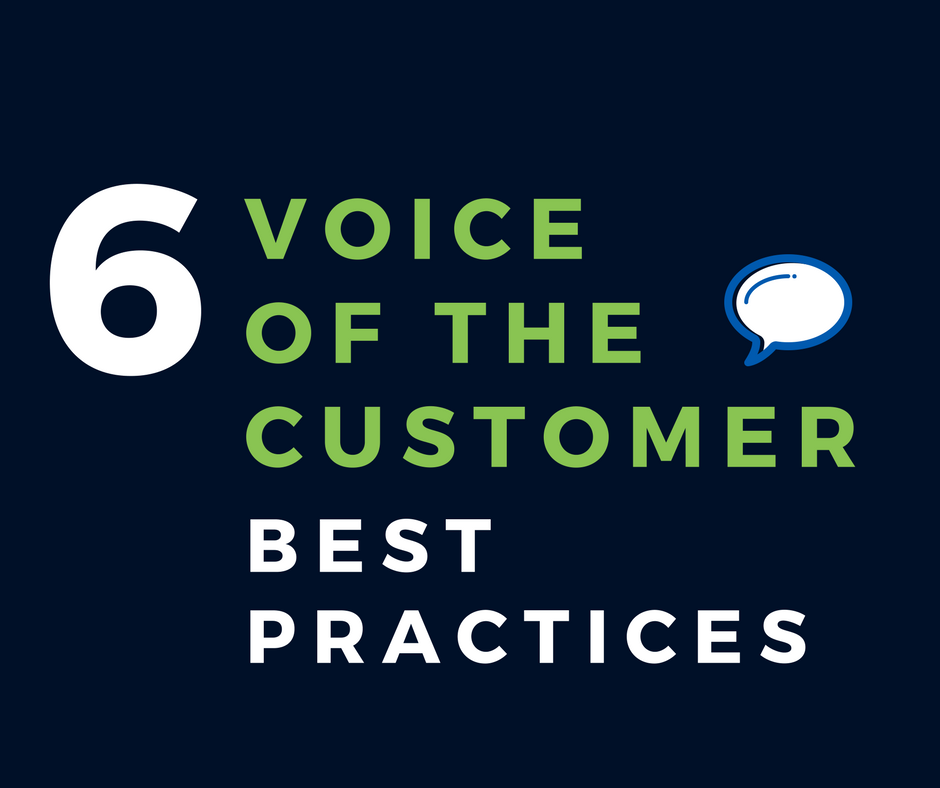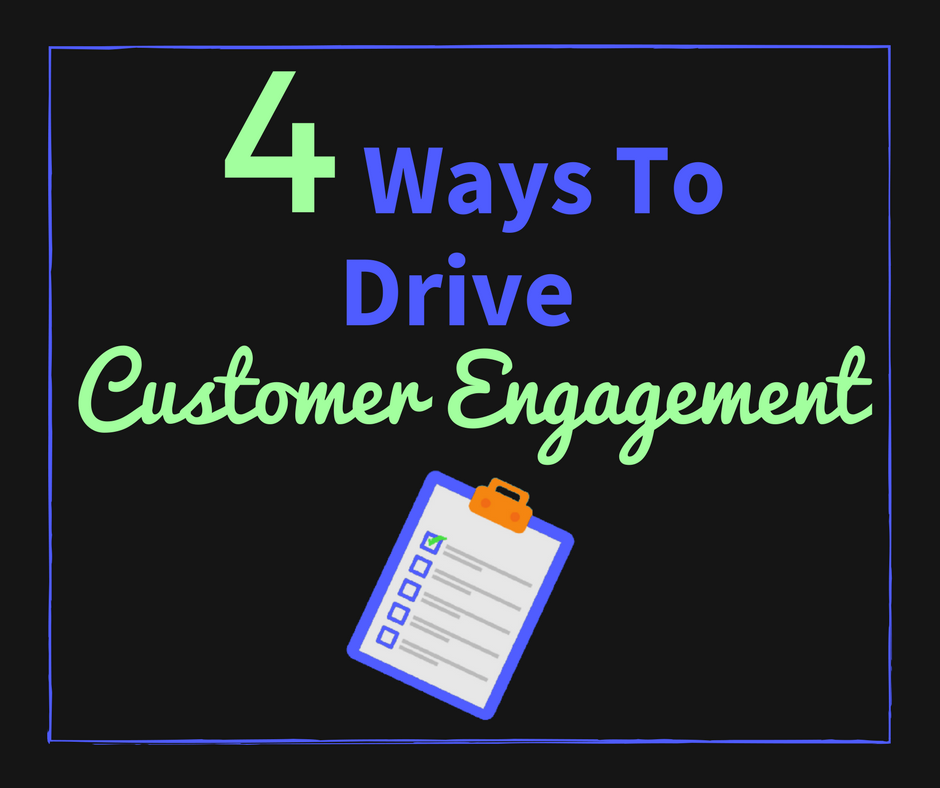Four Ways to Drive Customer Engagement
Many top brands attribute a large portion of their success to customer engagement because it plays a key role in the growth and sustainability of...

Today, it’s impossible for brands to become industry leaders without listening and responding to the needs, wants, and expectations of their customers. But, with so many businesses focused on leveraging customer experience to create a competitive advantage, how do you make your brand a standout and become a customer experience leader versus laggard?
The answer: an effective Voice of the Customer (VoC) program.
A VoC program (also known as a Customer Experience Management program) helps businesses listen to, interpret and act on customer feedback. When brands understand and engage with their customers, they can build better relationships, customer loyalty and consumer trust.
In order for a VoC program to be effective, it should be structured to listen to the ongoing conversation customers are having about your brand and capture feedback about all of the different ways customer engage with your business. It’s also imperative that your VoC program empower everyone in your organization with the ability to follow-up with and action feedback, so you can drive customer experience improvements.
In this blog, we’ll discuss six voice of the customer best practices, to help you get the most value from your VoC program and accelerate as an industry leader in customer experience.
Customers engage with your brand every day, and each of those experiences can make or break their opinion of your business. By collecting customer feedback on a frequent, routine basis your teams will be able to respond to feedback and resolve any complaints faster, making it more likely that a customer will buy from and recommend your business.
The frequent collection of feedback also ensures your brand stays connected to the needs, wants, concerns, questions, expectations, suggestions etc. of your customers - enabling you to design and deliver experiences that wow your customers.
Customers usually engage with a company via multiple touch points throughout the customer journey. This can be while they're shopping in-store or online, interacting with sales, support or accounting teams, and more. To gain a 360° view of your customer experience, it’s important that you collect insights and feedback about every customer touch point across your organization. This will help you identify where you are thriving and where you need to drive improvements.
One of the most important components needed for an effective VoC program is using different measurement channels to gauge customer experience. Collecting insights through multiple channels allows you to figure out two key drivers of your customer experience: whether your current standards are being met and whether or not those standards are aligned with customer expectations.
Mystery shopping provides third-party, unbiased feedback about how your teams are meeting the standards you currently have in place while customer surveys tell you where brand loyalty is gained or lost and how that relates to your standards. If your mystery shopping scores are high but your customer survey scores are low, this can indicate that your current standards are not aligned with your customer expectations - meaning you need to raise your standards.
Without using different measurement channels to listen of the voice of your customer, it is difficult to get a complete picture of your customer experience; and therefore, hinders your ability to continually improve and become a standout in your industry.
In order to become a customer centric organization, you need to analyze and understand the customer feedback you are collecting. This means understanding what customers are telling your brand, where the feedback is coming from, and what the key drivers of satisfaction or dissatisfaction are.
Truly understanding customer data, and finding meaningful insights using spreadsheets is time-consuming, challenging, and can lead to key information being missed or misinterpreted. An effective VoC program collects and presents all of your customer data in one place for you, so you can easily compare the scores of your different measurement channels, view visual analytics, and filter your data based on date, brand, region or location.
At a customer centric organization, everyone is responsible for doing their part to increase customer engagement and loyalty; however, when customer feedback and data is siloed, brands are unable to effectively use these insights to drive customer experience and business improvements.
In order for your VoC program to be effective, the feedback and insights you collect must be easily shared across the organization. Sharing this information helps all employees understand the importance of engaged, happy customers and how each of them play a key role customer satisfaction. With the proper processes in place, everyone from c-suite executives to front-line, location managers will be able to use customer feedback to elevate customer experience.
Today, listening to customer feedback is no longer sufficient. In order to become a leader in customer experience, brands must have the processes and teams in place to respond to feedback and take real action that closes the loop on issues that are identified through listening to the voice of the customer.
Effective VoC programs incorporate the tools and processes your employees need to quickly respond to customers using standardized action plans for specific problems. This helps ensure consistency across the organization and empowers your teams to address and resolve problems efficiently and effectively. The faster you are able to resolve problems and respond to customer feedback, the more likely you are to have engaged, happy customers and drive long-term revenue growth through customer loyalty.
Businesses who listen to and understand the voice of the customer, and incorporate customer expectations and needs into their products, services and overall customer experience will thrive as leaders in their industry. But, because a focus on customer experience has become so prominent, it’s crucial that brands implement effective voice of the customer programs in order to innovate and stand out against their competitors. If you are implementing a VoC program, use these six voice of the customer best practices to help your business get the most value from your program and drive customer loyalty:

Many top brands attribute a large portion of their success to customer engagement because it plays a key role in the growth and sustainability of...

Data analysis is incredible. The way customer experience platforms can take data such as survey responses, online review data, mystery shopping...

As restaurants digitally accelerate and adapt to new service models, customers are grappling with how to consume and who to trust. Disruptions to...